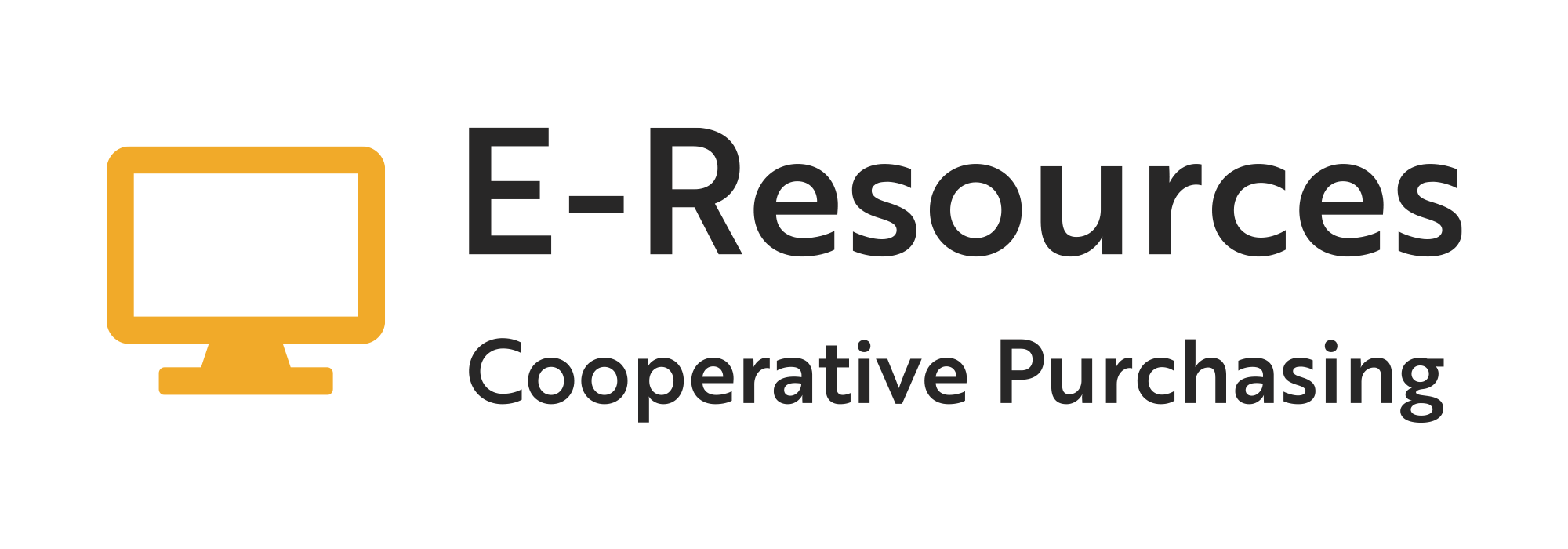by Rita Baladad
Quick Summary
At ALA, most of the major vendors present an update session on new products and developments.
At ALA, most of the major vendors present an update session on new products and developments. At the ProQuest update, Peter Brantley, Director of Online Strategy for the University of California Davis Library, kicked off the update by sharing his thoughts on trends in digital publishing and mobile technology. Citing the “the Giant Zero” concept blogged by Doc Serles (who in turn cited Craig Burton’s concept of “the hollow sphere”), Brantley entitled his presentation “A Hollow Sphere: The rise of interactivity and the submergence of publishing.” Doc Serles describes the Giant Zero:
“. . . a sphere’s geometry best illustrates a system in which every end, regardless of its physical location, is functionally zero distance away from every other end. Across the nothing in the Net’s hollow sphere, every point can “see” every other point, and connect to it, as if distance were not there. And at no cost.”
Brantley seemed optimistic about the future of digital publishing, stating that software and standards are now maturing so that web connectivity is closer to becoming realized and scholarship is truly becoming digital. Specifically, he cited the following examples:
- The maturation of open web standards such as HTML5, CSS
- Audio visual interaction
- Web workers (ex: Java works in the background to go out and perform functions)
- MathML: equations are now native characters
- Annotation (which now can be included in altmetrics)
- Mobile applications
- URI handling by apps (certain applications are handled by the mobile device)
- Rise of inter-app linking (apps communicate to each other)
- Contextualized "push" (recommendation algorithms)
- New UX paradigms (rise of starker web design: mobile is moving us into clearer, more basic design and distilled information as mobile display means limited real estate)
- High-order interactions
- iPython revolution (allows scholars to work iteratively)
- Data analysis and visualization
- Collaborative working/ collaborative functionality
- Versioned publishing
- Machine-based learning (proactive management of information: systems can discerns patterns of behavior and then tailor information and information access based on this)
- Maturation of data (logs) mining
- Adaptive learning approaches
- Pattern-of-use recognition
Brantley closed his presentation by reminding the audience that it is up to us to think about web nativity and building resources for the web instead of retrofitting print to fit digital.
